Molly Matalon in conversation with Benjamin Chadbond
Molly Matalon, born in 1991, is a photographer born and raised in South Florida. She received her BFA in Photography from The School of Visual Arts. Her work, which deals with desire, idealization, and power dynamics has been exhibited in The United States and internationally. Matalon currently lives in the San Francisco Bay Area working as a freelance photographer for clients such as Urban Outfitters, The Fader, VSCO, Bloomberg Businessweek, and Vice.
Benjamin Chadbond is a photographer based in Sydney, Australia and is the co-founder of both Try Hard Magazine and Try Hard Editions. He has received a Bachelor of Design (Honours) in Photography and Situated Media from The University of Technology, Sydney. In 2017, he will begin a research PhD in the department of Fine Arts at Monash University in Melbourne investigating curatorial history and experimental exhibition modes within photography.
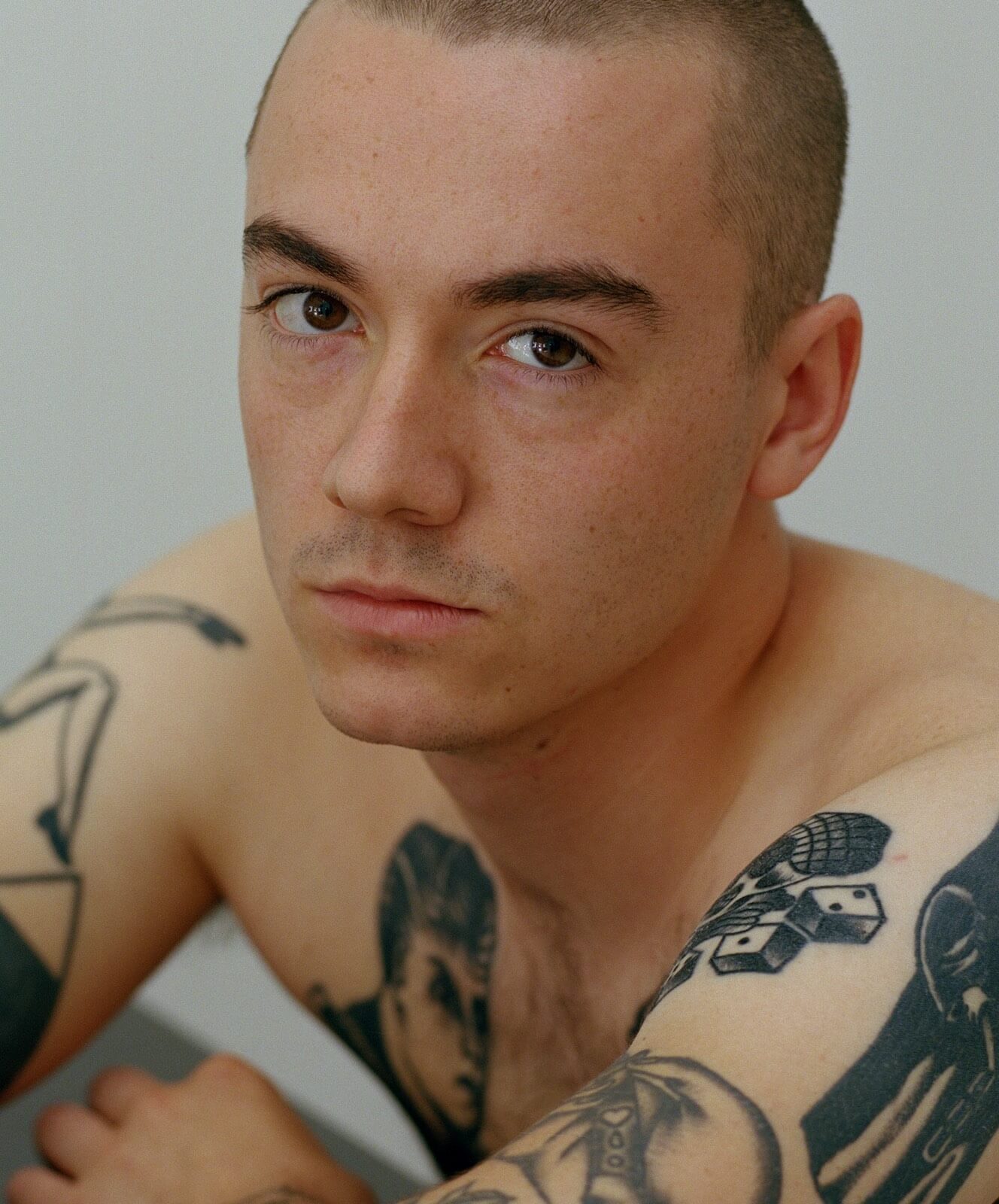
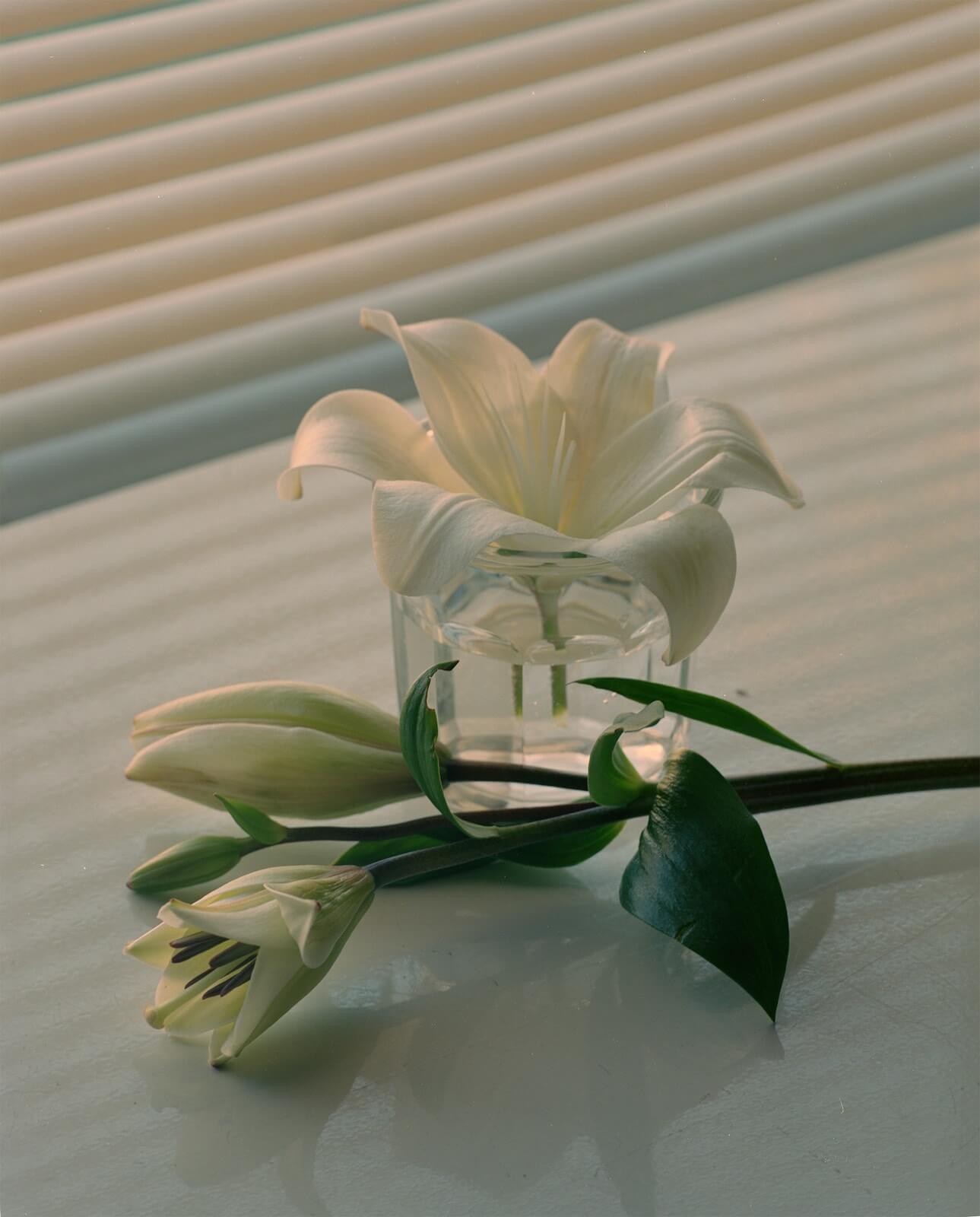
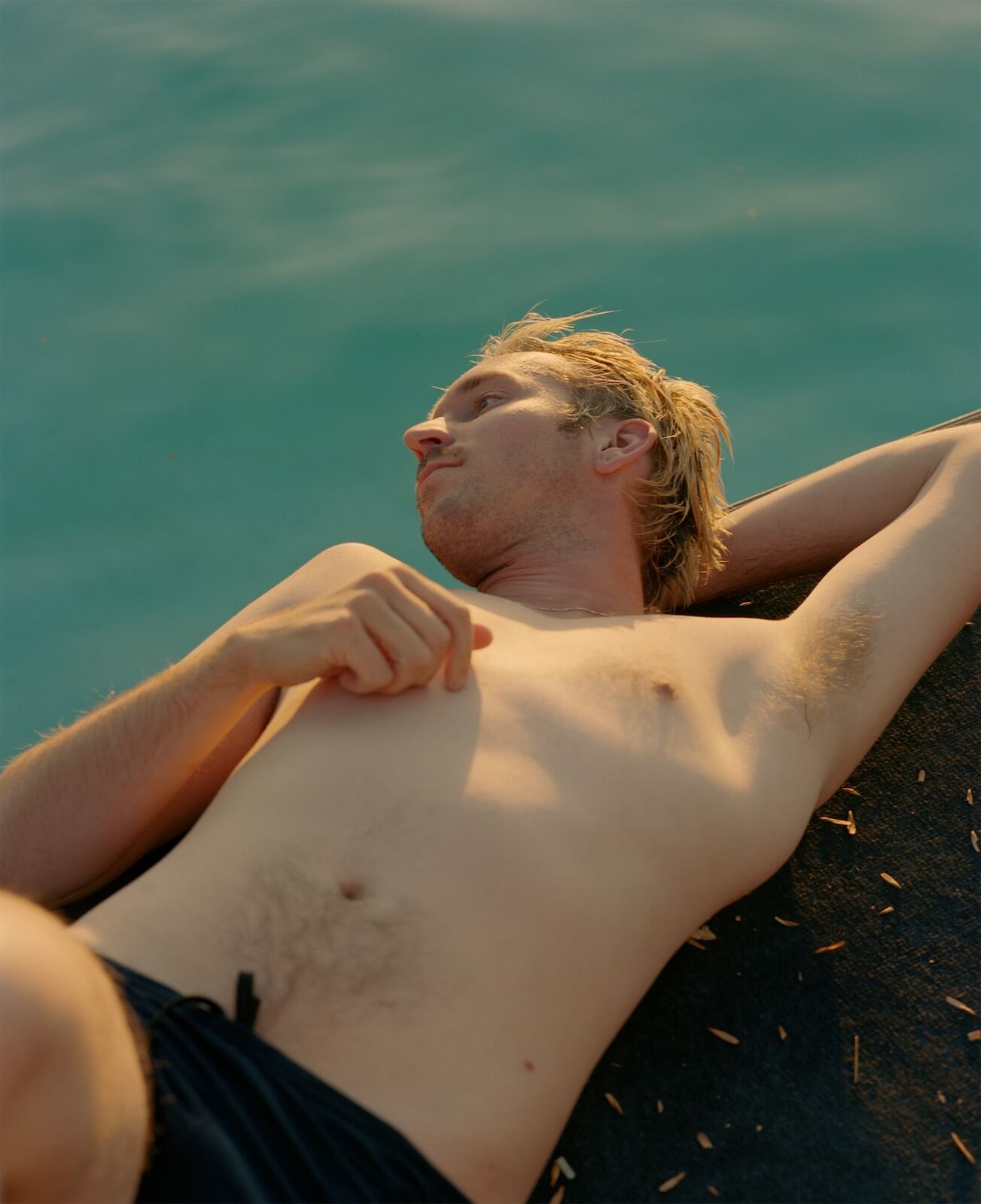
Benjamin Chadbond: Perhaps we could begin by talking about how you came to photography? I read somewhere that your entry into making photographs began with taking promo shots for punk and hardcore bands in your hometown. Can you tell me a little bit about your experience in that scene and perhaps also how that led you toward becoming an artist?
Molly Matalon: I wouldn’t say I was making promo pictures for punk and hardcore bands per-se. Maybe I did take some. But, I was definitely going to shows and taking pictures and trying to figure out how to get better at that. My experience in the south Florida hardcore/punk scene is a really long answer. The short answer is I was on the outskirts of it. I was also taking pictures of my friends for their myspace’s and profile pictures. I would make a thing out of it, hanging out just to take pictures. That’s something that has stuck around in my practice I think.
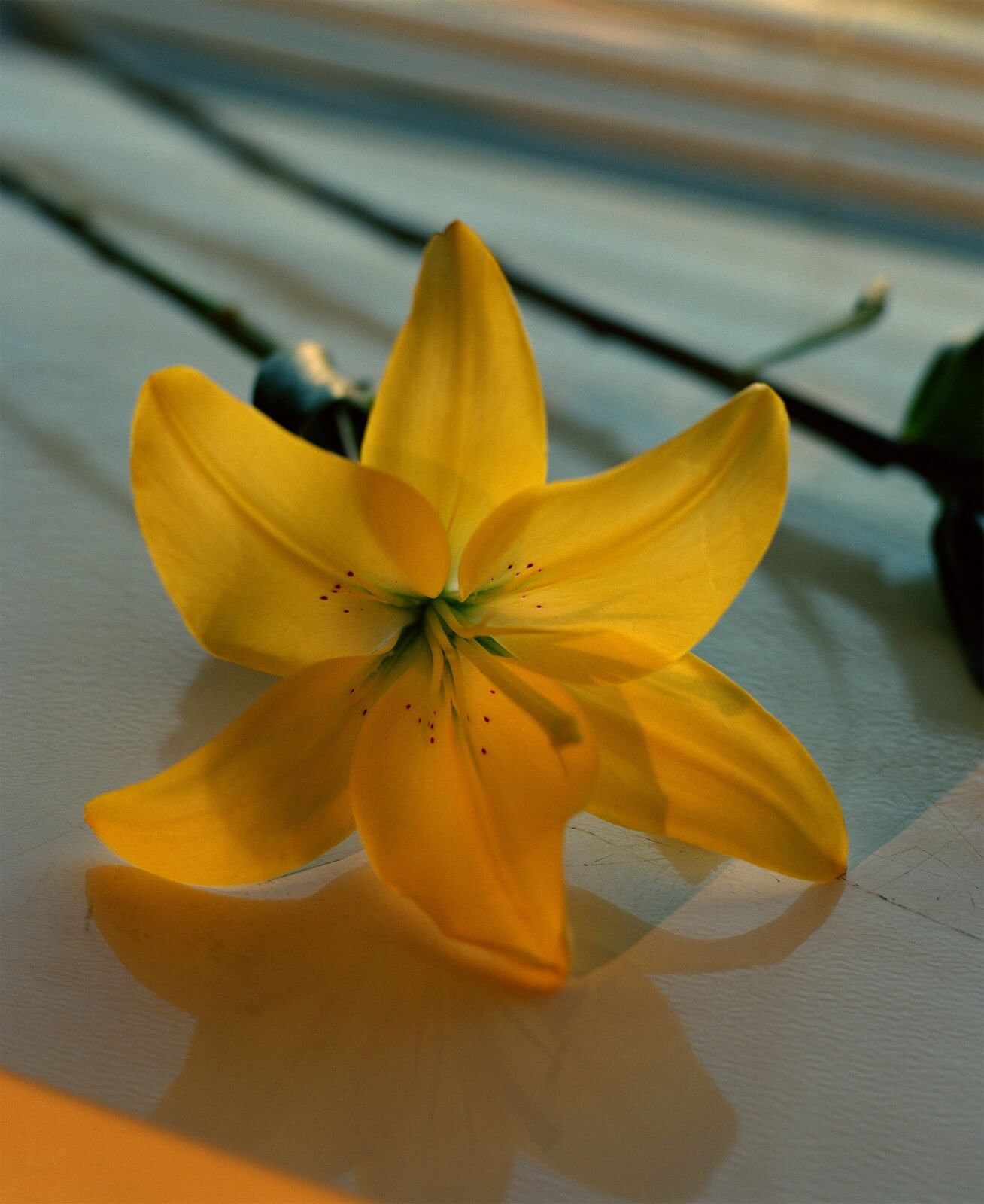
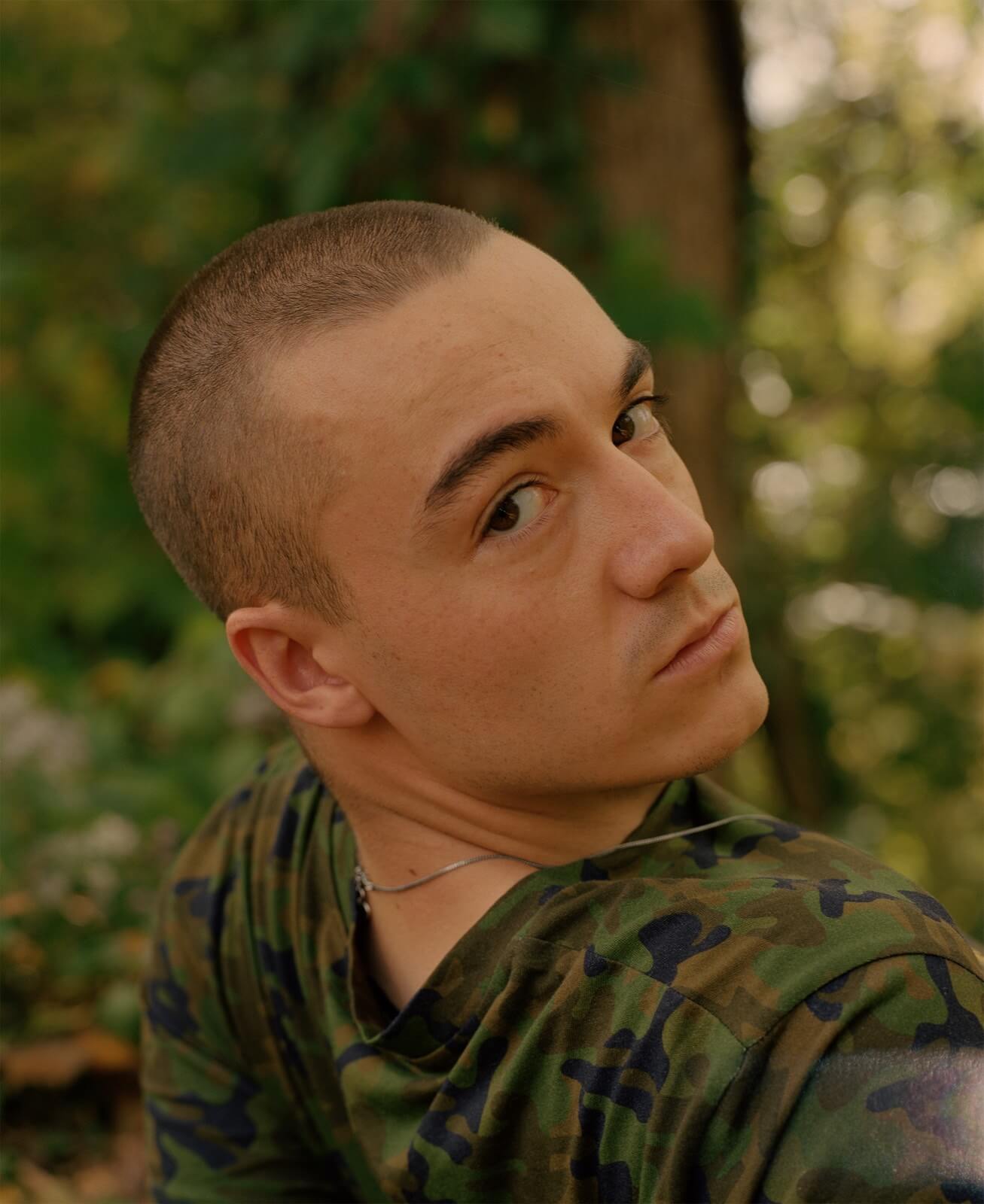
BC: So, is ‘hanging out’ still a part of how you make work? It’s still very social?
MM: It’s definitely a part of how I make some of my work but not all of it. When I say ‘hanging out’ I guess what I mean is a lot of my friends are also photographers. I didn’t grow up having so many friends and as a result my closest friendships are either people I’ve met from the Internet or my friend-family that I graduated with from school. We sometimes all plan to go somewhere together whether it be out on a hike or on a 2/3 day trip to a new place…
BC: You mentioned that you didn’t grow up with many friends and that you were on the outskirts of the music scene. Have you always been a little bit of an outsider?
MM: My memory of my childhood and adolescence is a bit fuzzy for me, always. My parents got divorced when I was 11 or 12 and it was sort of traumatic for me. A lot of the weight of the divorce was on finances. I still feel the tail end of it throughout my interfamilial relationships. I spent a lot of my youth taking care of my brother and working, and also going to shows. Simply because I was a girl, I felt on the outskirts of ‘the scene’. There’s a lot more to be discussed about the gender systems set up within hardcore and punk. I guess I didn’t feel like I was a part of something or ‘accepted’ until I was in college at the School of Visual Arts. Something about moving away from home and finding a group of people who cared about the things I cared about was vital to me.
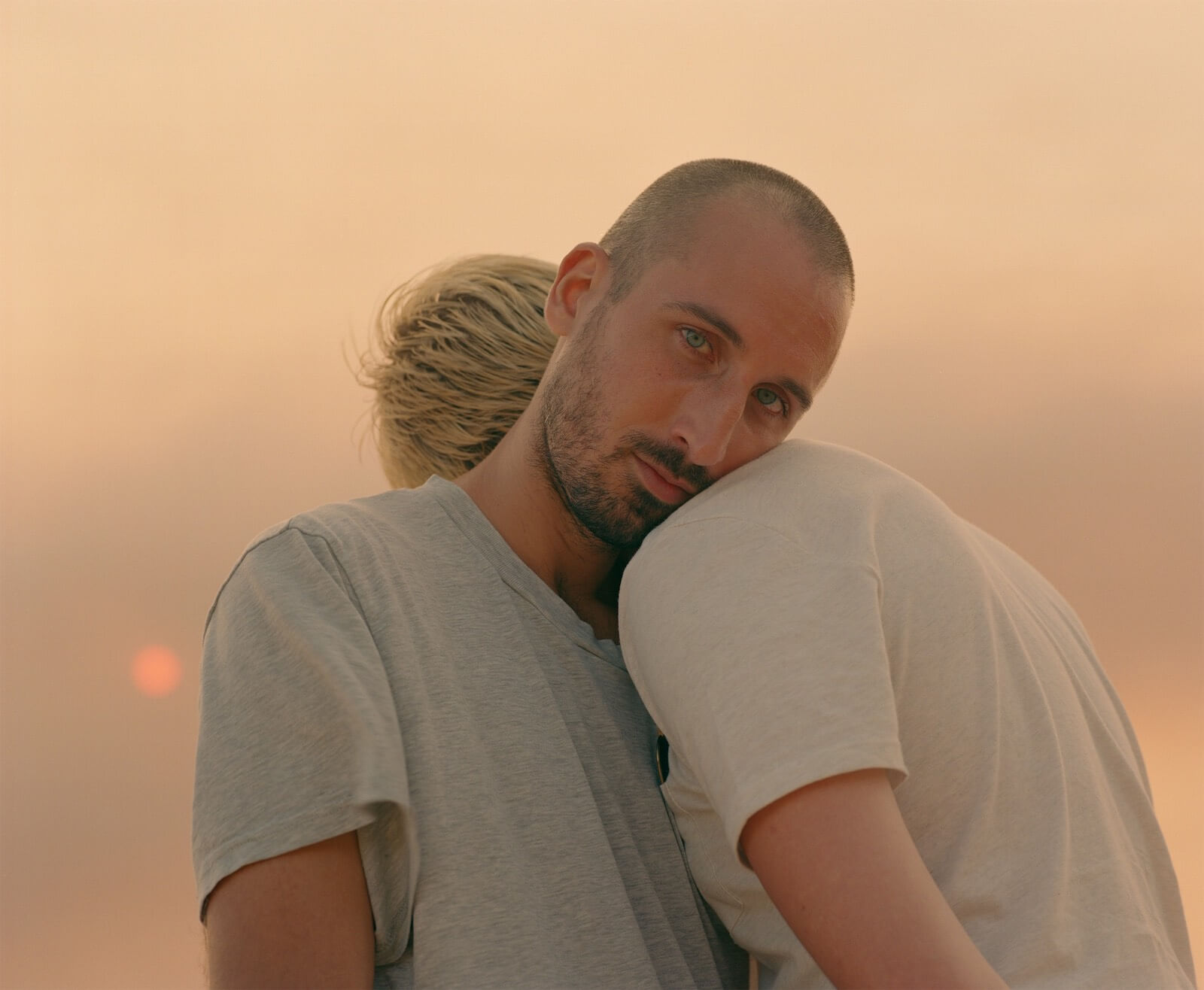
BC: It’s interesting to hear you say that. As a teenager I was never someone that identified with typical masculine pastimes or activities – the punk and hardcore scene was somewhere I didn’t feel like an outsider or particularly different. Looking back though, the scene was really no different to other “bro” cultures. In reality it adheres to a lot of the same external constructs of gender and power. Can you talk about how you confront gender in your work and particularly how you have gone about to transgress traditional representations?
MM: Yes, I totally agree with you. I think my family circuit was so disjointed and messy just leaving the house was an escape – even if it was going to the mall or sitting in a book store (specifically Barnes and Noble) or standing in the back of a hardcore show. The first thing that comes to mind in regards to gender is that I am a woman making “straight photographs”, all the while participating in a medium that is built on male photographers. The other thing that comes to mind is that I have been photographing men, specifically in a way that is romantically and sexually coded. I’m excited by that power exchange and I like to challenge myself to being alone with a man. I am also using a big camera, a tripod, and I am photographing men in a gentle but provocative way. Sometimes nude, sometimes almost-nude, sometimes not nude at all. I feel like this should be the part during an interview of a photographer who is a woman where I discuss “The Female Gaze/The Female Eye”. I mean, I really do think about this a lot. Women think they are making work ‘about the female gaze’ and you see so much of it on websites like I-D and Dazed – women photographing other women, etc etc. I had Joe Maida as a teacher when I was going to school at The School of Visual Arts and we discussed so much about what female desire looks like. So often images of men, especially ones that are nude come off as homoerotic and to me this is because of the ‘Male Institution of Desire’. Female desire is so close to queer male desire/gaze. I might be going off on a tangent here but women have been told by men what to desire and so the female gaze is male coded either way. Somewhere in there is how I attempt to transgress typical representations, along with the obvious which is that my body is not of cultural norm.
BC: Do you see your practice as an explorative process? Is it a better way of understanding what the female gaze is or is it an act of reclamation?
MM: Interesting, I am definitely not setting out to understand what the female gaze is. I think that comes up as an after-thought because I’m a woman and I’m making pictures (of men), it lives in the work but I’m not setting out to discover it. On a personal level, I would call it reclamation. I’ve been challenging/finding myself drawn to photographing men in this way where I’m desiring them in a way, and maybe they desire me in a different way. Making pictures, “setting a scene”, trying to push the boundaries. I’m building this romance that has yet to exist for me, having never dated anyone to any extent of what that means to people.
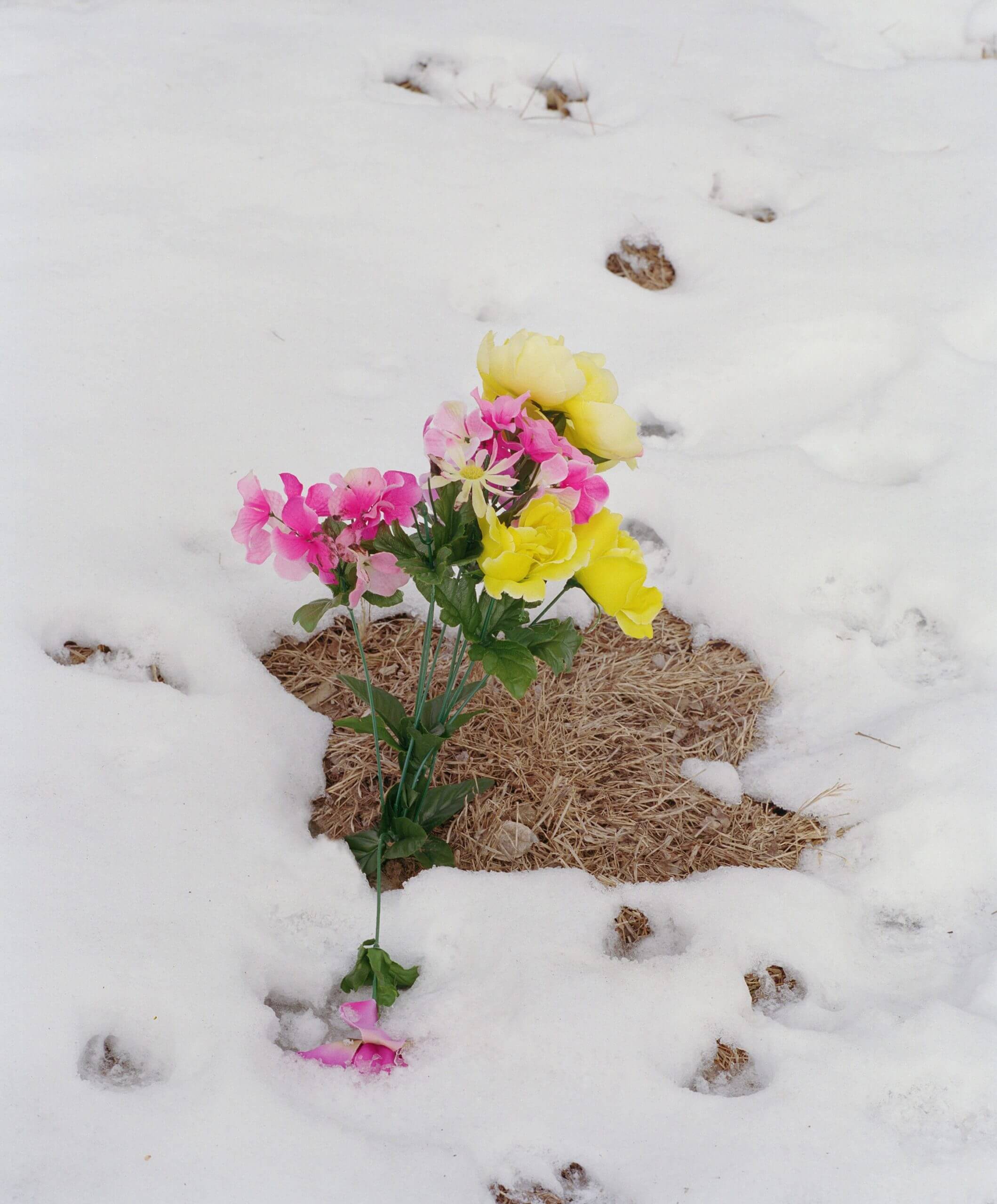
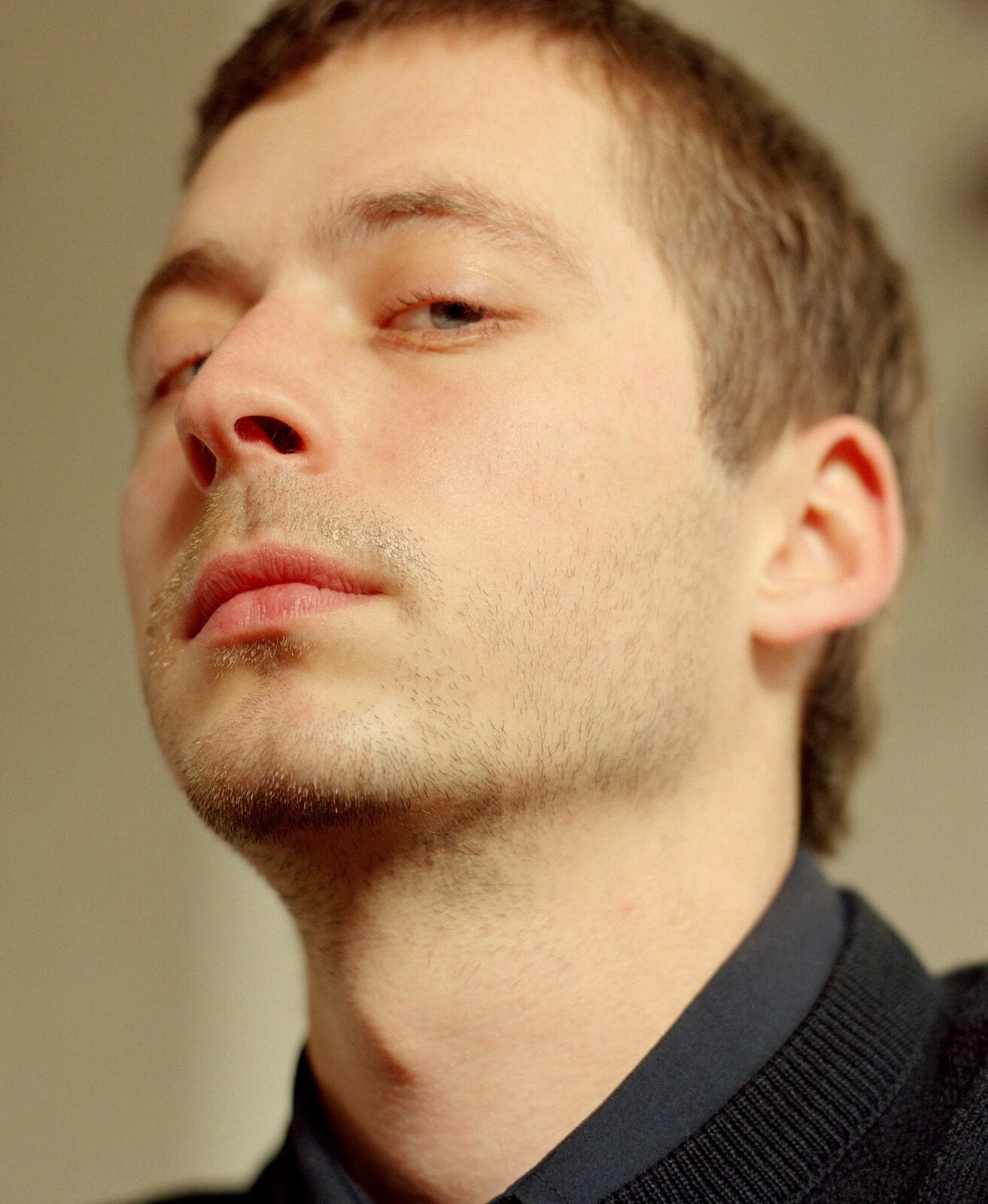
BC: I want to come back to this idea of “straight photographs” that you have aligned yourself with. I see the connection and your influences/ lineage is undeniable but for me there is something else at play in your images… They bring to mind ideas of the Gothic (as pertaining to the literary genre). I find these similarities in your aesthetic, symbolism, use of light and the philosophical core of the work. Do you have any thoughts on this?
MM: For me of course it is the lineage and the history of photography. These things are what initially drove me to take pictures because I seriously love photography. I guess it’s important for me to note this though because people are quick to make pictures (these days) without considering the picture as is. I also mean quite physically they are just plain pictures with the “tricks” living within the semiotics rather than altering the image. I’m so into what you’re saying about my work being Gothic thematically. Something I’ve never thought about until this moment but it clicks. I’m drawn to flowers and darks/lights, and romance in a way that’s driven from the unknown. Like I’ve said already, I’m building my own romantic narrative because I’ve yet to experience one. There is a tension between what we may or may not know about subjects, and what is shown. I feel like I have more to add but i’ll let it play out and hear more from you.
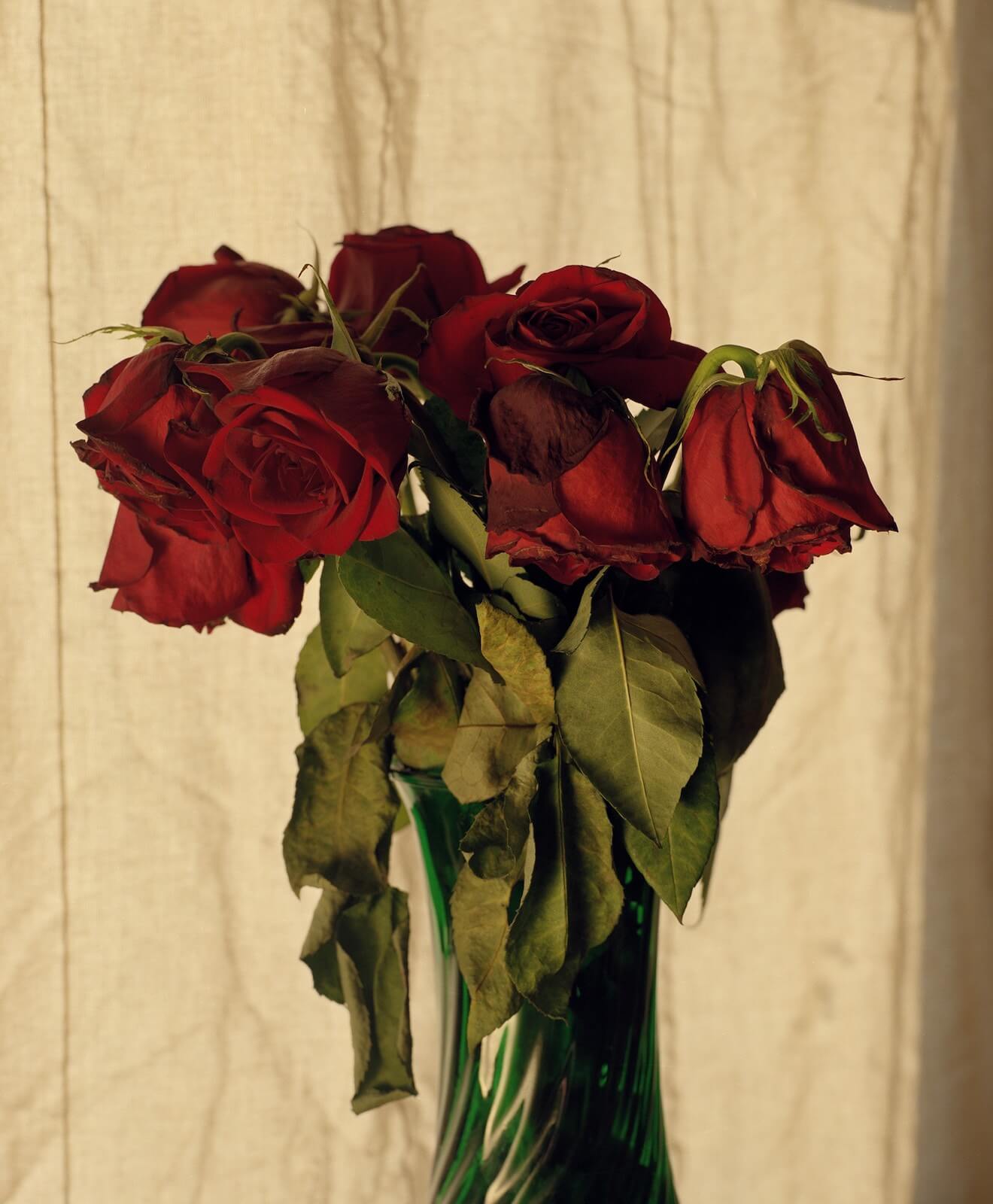
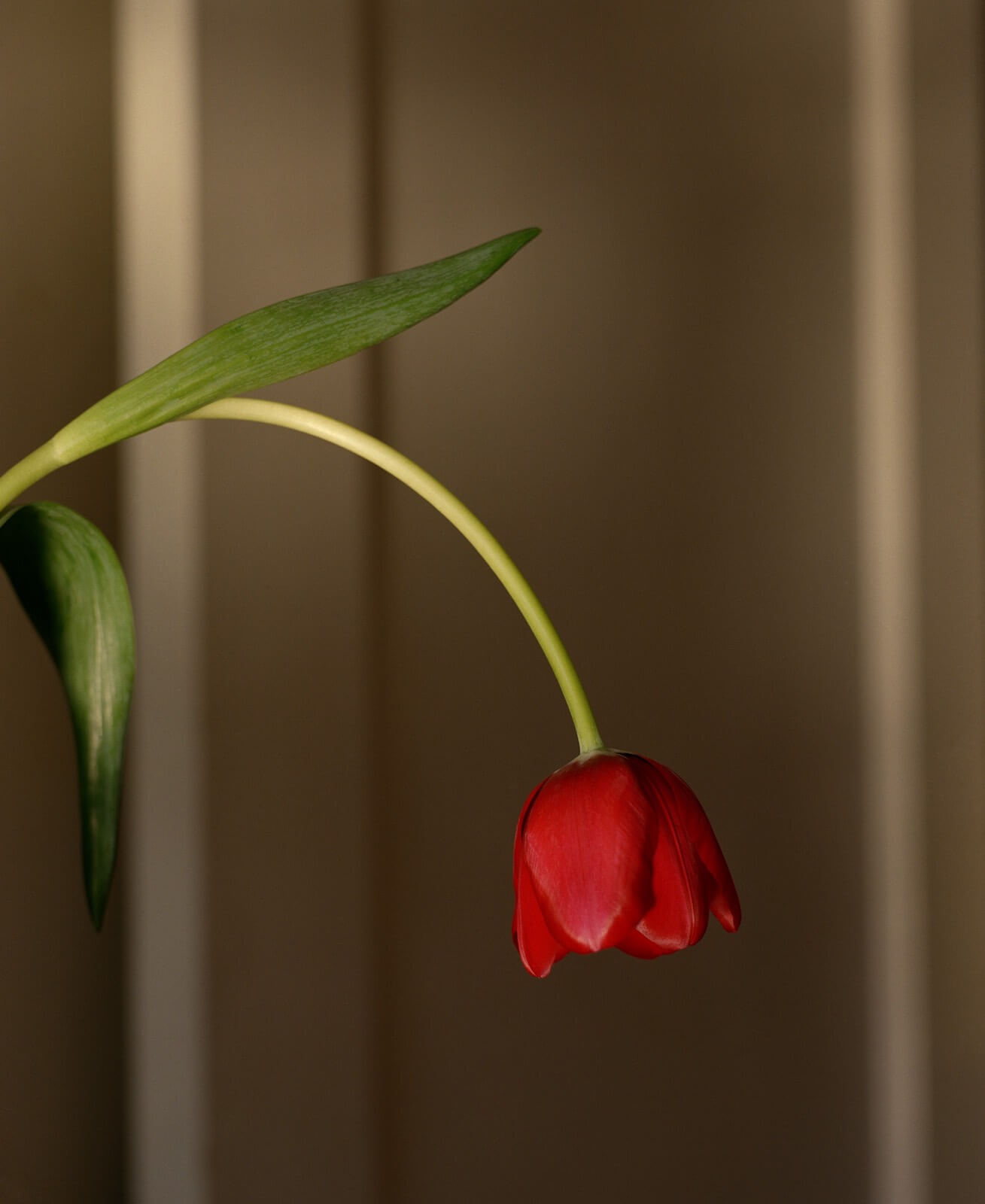
BC: Perhaps this is as good a time as any to talk about your collaborative book project Olive Juice that you made with your close friend Damien Maloney. How did you meet Damien and begin working so closely together?
MM: Damien and I met on Tumblr maybe 3ish years ago. We messaged each because we were excited about each other’s work. We talked online a lot, he came to visit NYC and we hit it off. I think we decided even before we met in-person that we wanted to collaborate. We started taking pictures of each other and our travels, as well as taking pictures when we were not around one another. Eventually these things became Olive Juice.
BC: Did you feel that through working together you each incorporated into your own practice a little of how the other works? Or were your methods more complementary? I’m curious if you were discussing the making of the photographs and your own approaches as you were creating the work or if you were just responding to one another’s decisions in a more intuitive/ visual way.
MM: I definitely think we were incorporating bits of each other. Damien comes from a more technical/editorial way of thinking about/making photographs and I was fresh out of school and in general tend to be a bit more theoretical when thinking about pictures. There would be times where I would, for example see two trees and say something like “I have to shoot this! it’s both of us!” and Damien would say something like, “lets use this kind of flash” or “maybe if you were standing over here and used this kind of light”. Damien was sort of “making” pictures to fit thematic elements and I was mostly interested in the subject matter and how pictures worked with themes of Olive Juice. We think about pictures from two different worlds and they sort of blended together when making Olive Juice. It is both pre-determined and spontaneous. When we were traveling and making pictures together we were discussing the work, but also responding to each other. There were also times when we were in different states making pictures that reminded us of one another.
BC: Do you plan to continue collaborating with Damien or do you have any other plans for further collaborations?
MM: Dame and I work together editorially a lot, he will assist me or I will assist him if we’re free and available for each other. We live together so we are always bouncing ideas off of each other and working together in that way. As far as more collaborations – who’s to say?
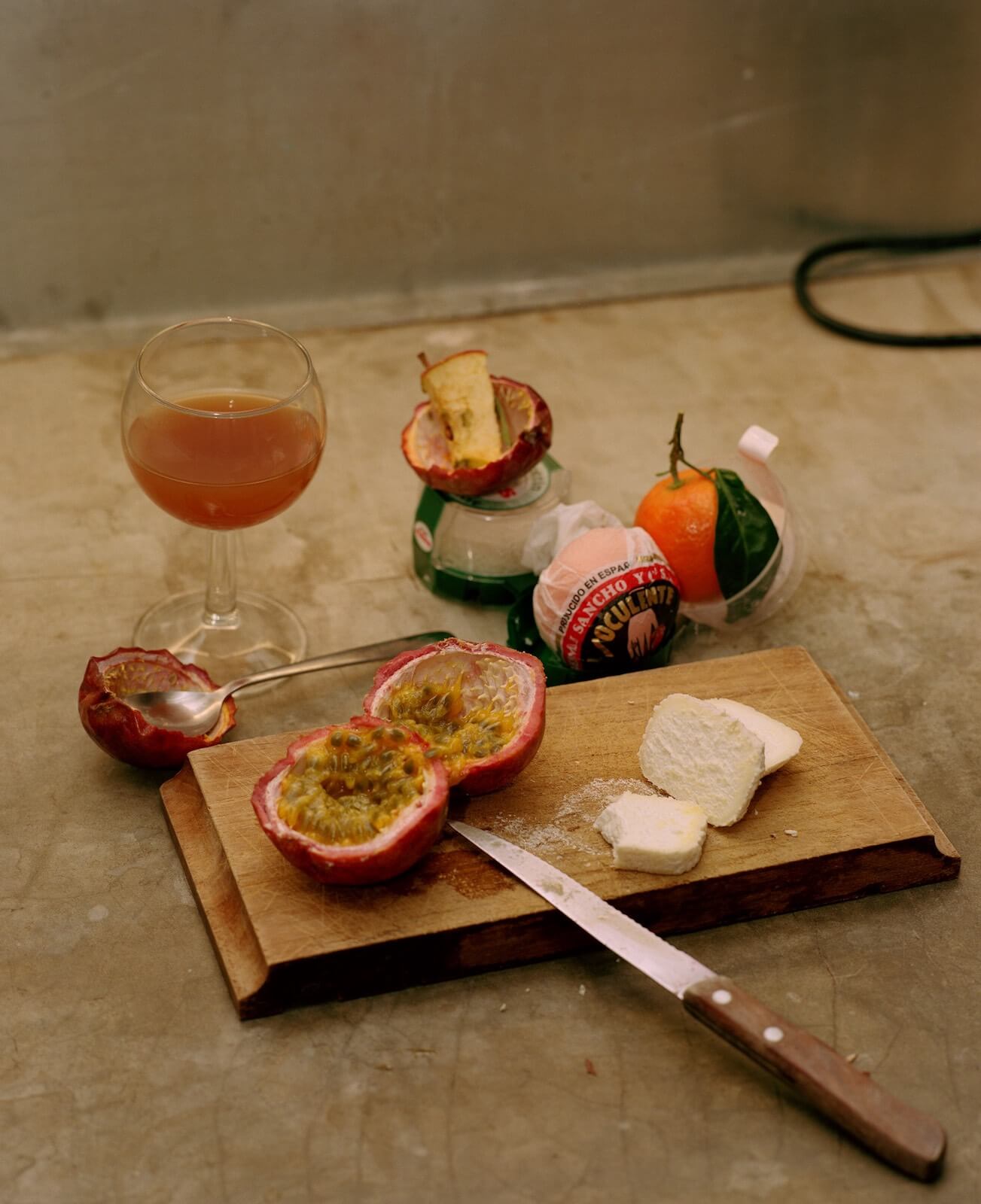
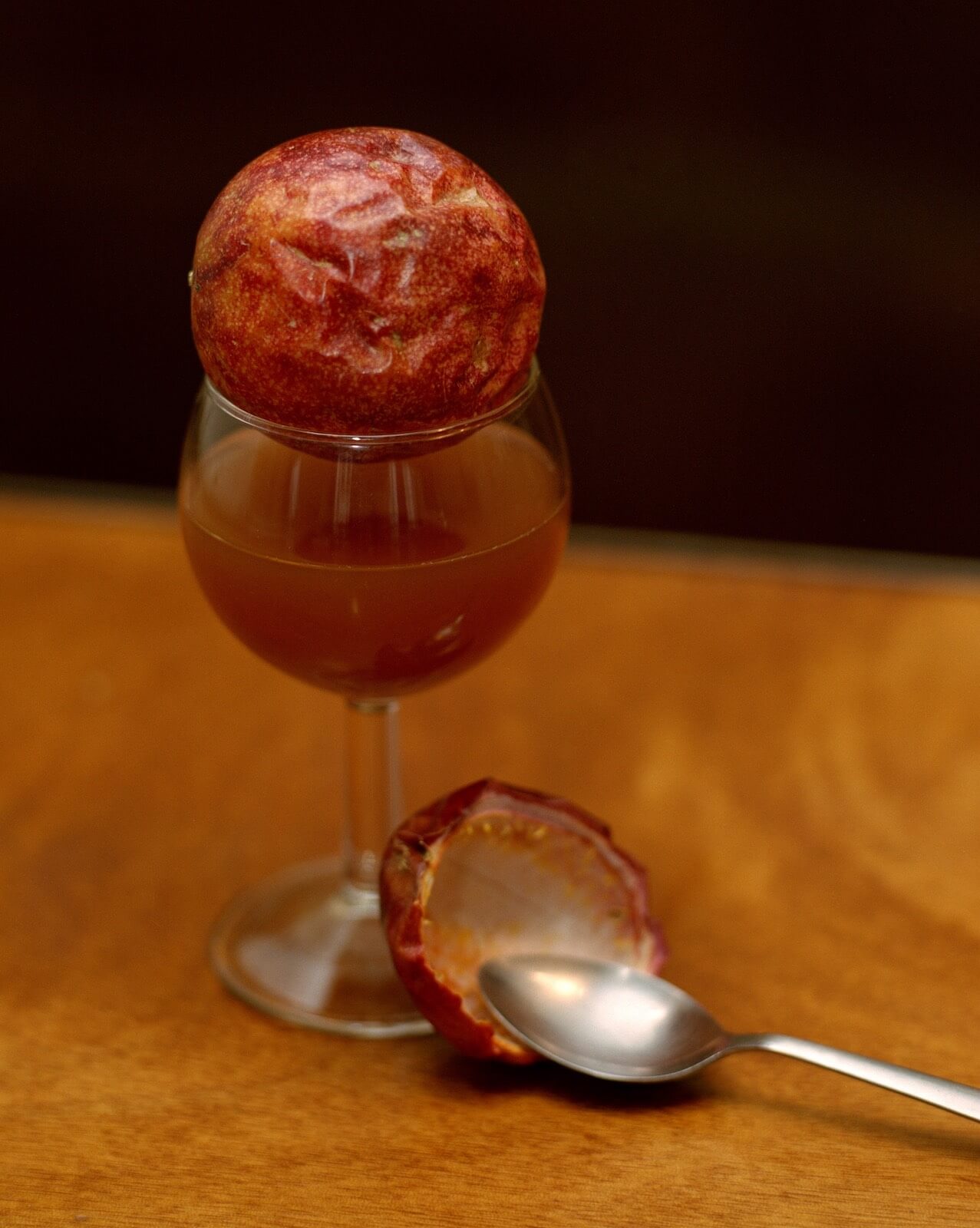
BC: Can you share some of the photographers who have influenced the most?
MM: I think Diane Arbus was the first photographer from the canon that I was introduced to at a younger age, so I’ve been looking and thinking about her pictures. There is a young self-portrait of her’s in a mirror that I love. And of course I also love the picture of the crying baby and the tattooed man at the circus. In general some photographers who influence me are people like Rineke Dijkstra, Imogen Cunningham, Katy Grannan (I love almost every picture in Model American), Alec Soth, Catherine Opie, Paul Outerbridge, Stephen Shore, Weston. God, so many…
BC: It’s funny that you mentioned Arbus and that self-portrait in the mirror. I’ve been looking at Arbus work in relation to yours over the last couple of days and that particular image resonated. I remember reading somewhere that she had posted that photograph to her husband while he was posted in India during the war. She wasn’t yet a photographer (or at least working in the way that we have come to know her for) and she was newly pregnant. What is it about that image that speaks to you?
MM: Wow, I didn’t know that back information on the picture. That’s so good! I hate when I love a picture and then find out there was more I didn’t know already. In that photo I’m drawn to how the camera is visible – the masculinity of gear and using a mirror the way women do now with cellphones is important to me. I’m reminded of a John Berger quote from Ways of Seeing – “You painted a naked woman because you enjoyed looking at her, put a mirror in her hand and you called the painting “Vanity,” thus morally condemning the woman whose nakedness you had depicted for your own pleasure”. I actually took a very similar picture of myself at my Mom’s new house in Florida before knowing of that Arbus picture.
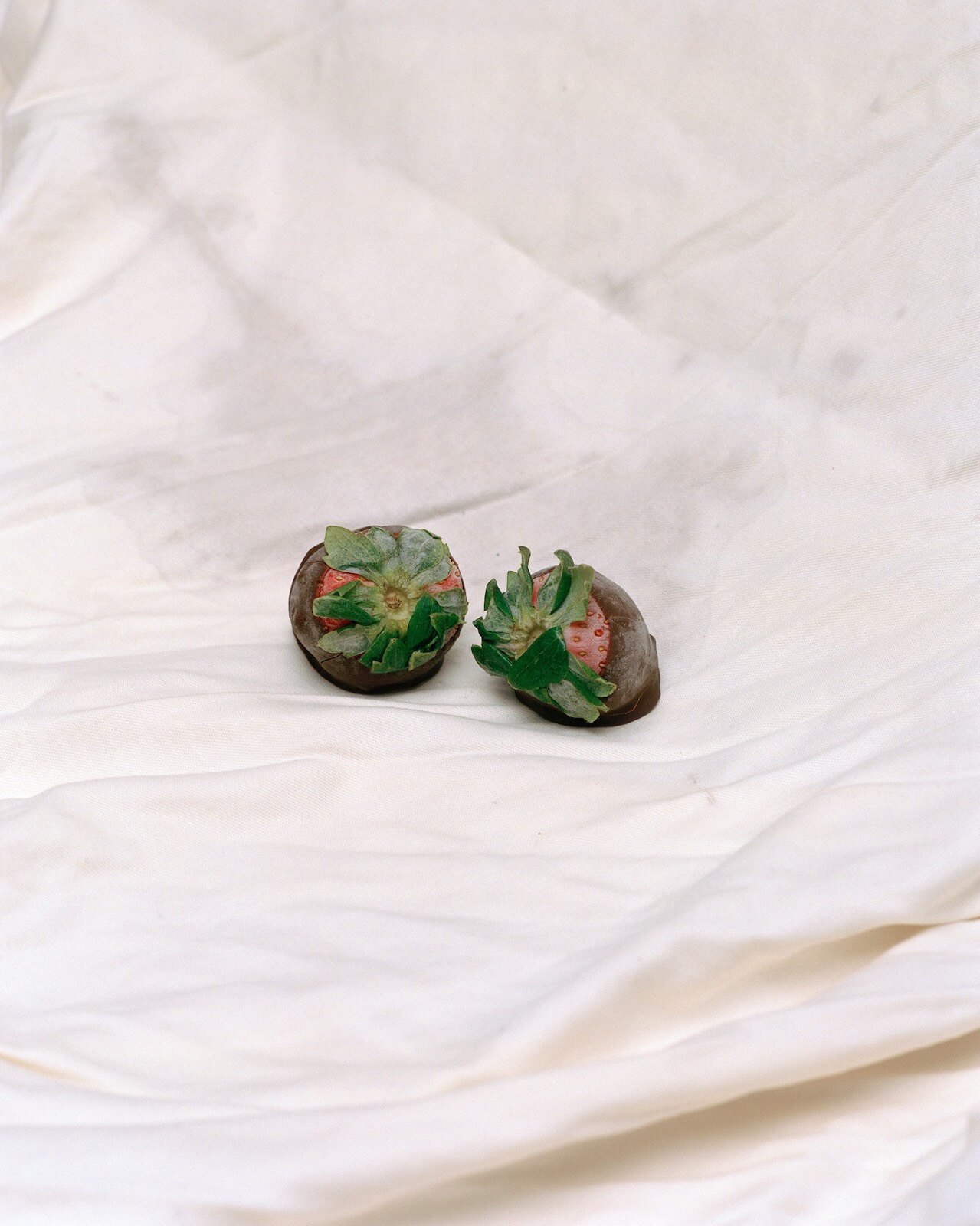
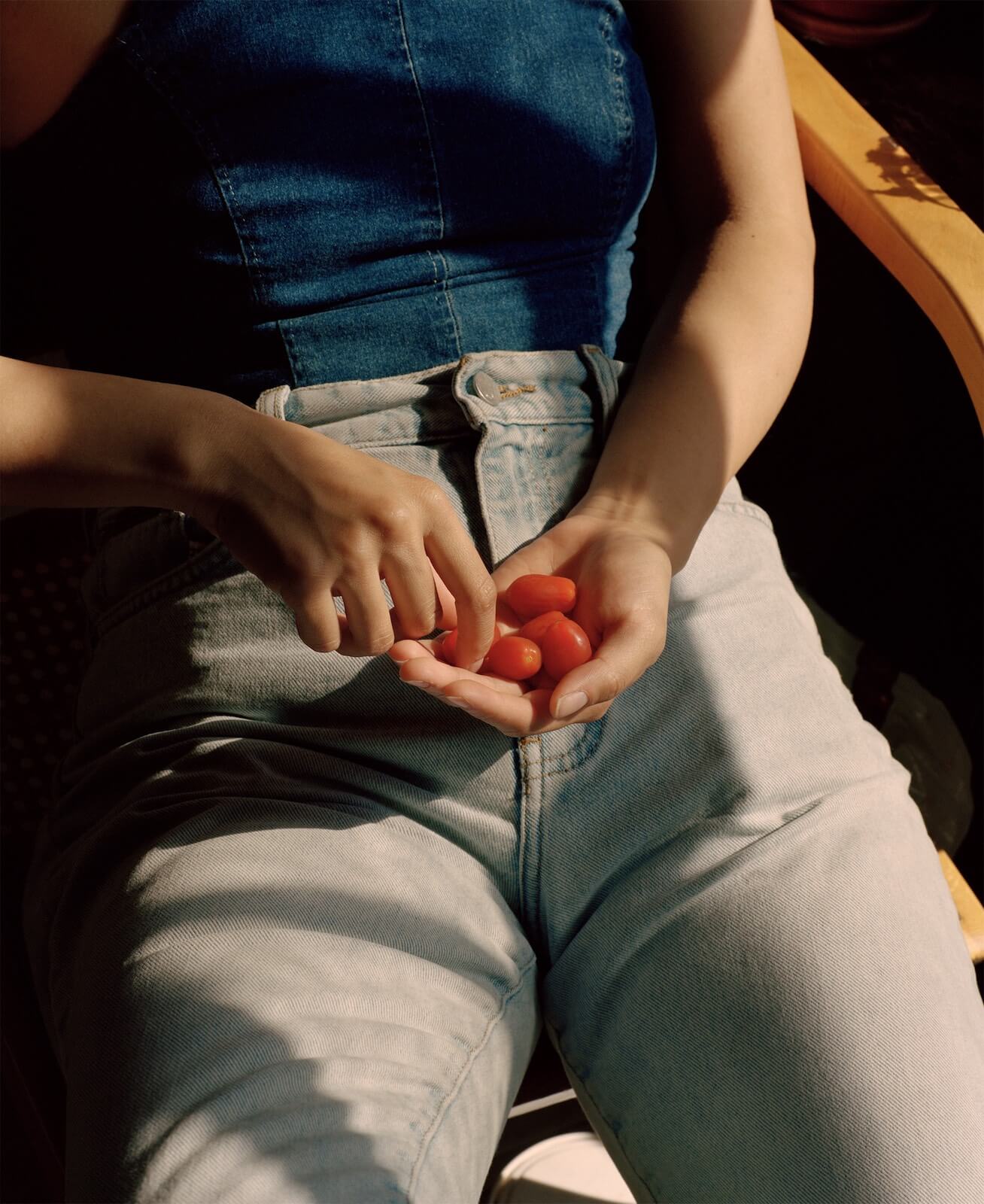
BC: It’s incredible that you hadn’t seen the Arbus picture before taking that self-portrait! I love when that happens. It reminds me of the similarities between a photograph that Stephen Shore took of a bath and a bath that Thomas Demand constructed. Obviously the Demand image was referencing another – but it wasn’t Shore’s. I’m sure there are countless such examples. Are your self portraits a way of inserting yourself into a romance? A way of communicating to the viewer that the narrative is personal?
MM: Yeah, I think that’s partially the function of the self portraits, to insert myself so I’m not only looking but I’m participating. Also I just feel inclined to include myself physically in the work because of representation of women and beauty politics.
BC: My partner and I were in NYC in the middle of last year and saw Nan Goldin’s Ballad of Sexual Dependency” at MoMA. Something that stood out was the slide-show that was playing in the small room just off the gallery space. It was images set to music as was originally intended for the work. Goldin’s images of women and children where utterly captivating – soft, insightful, tender. I’m curious to hear if you saw the show and what you thought if you did…
Nan Goldin’s Ballad of Sexual Dependency playlist on Spotify
MM: I saw it in September and it’s actually one of the highlights of my year. I’ve been listening to the playlist that goes with the slideshow ever since I saw it. The slideshow being a piece of photographic history and sort of a stepping stone for people (women) to make work that was less structured more of the moment, ‘raw’, etc. I feel like it was soo important and moving for me to see the slideshow. Being so familiar with the work and the book but the slideshow being the real intended vessel for the work… I was just really moved. At some point it becomes less about the individual pictures and more about the overall experience of both Nan and her friends. It opened up this idealized romantic NYC life that was so far from the truth especially for queer people and women who are most of the pictures, like those people were poor, and living in the dark, and doing drugs, etc. But since Nan, people just wanted to be making that kind of work that feels “real”. I was mostly moved by the inclusion of music and the categorization of pictures and seeing something that is a milestone in the history of art that people like my aunt and professors lived to see come to life, you know?
BC: Oh, definitely. And of course your right! It’s hard to image in 2017 just how radical that type of photography was for its time.
MM: Yes! The validation for a woman who was making ‘snapshot’ pictures (I’d argue that word) in a time when men with big ol’ 4×5’s are out there shooting the world and making up scenes for pictures, it was wild and radical. But it was also just what she wanted, so her friends could come over and see all the pictures.
BC: Are you interested in other display formats outside of the book and the traditional gallery wall?
MM: For now I think the book and the gallery wall are where my interests are!
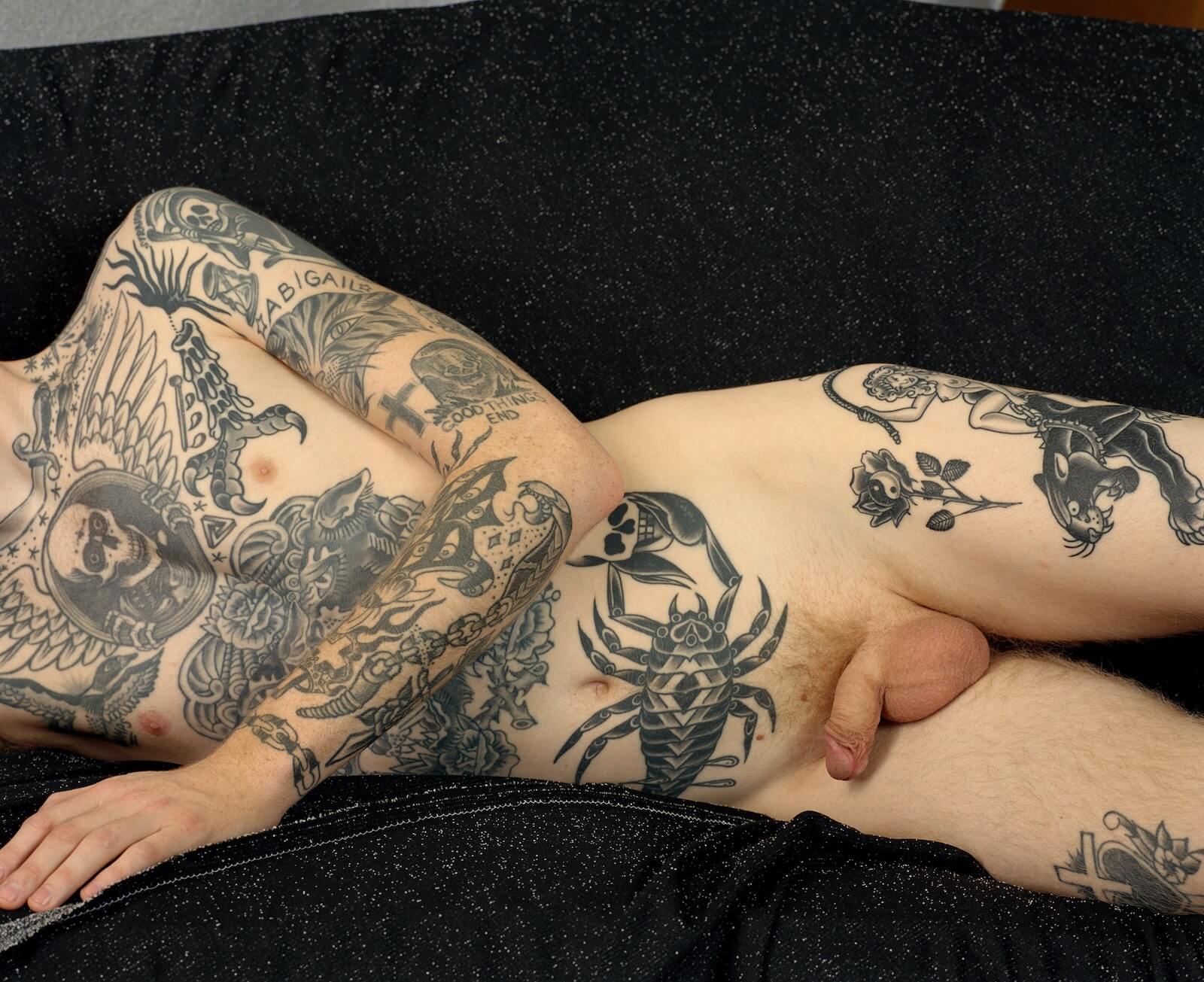
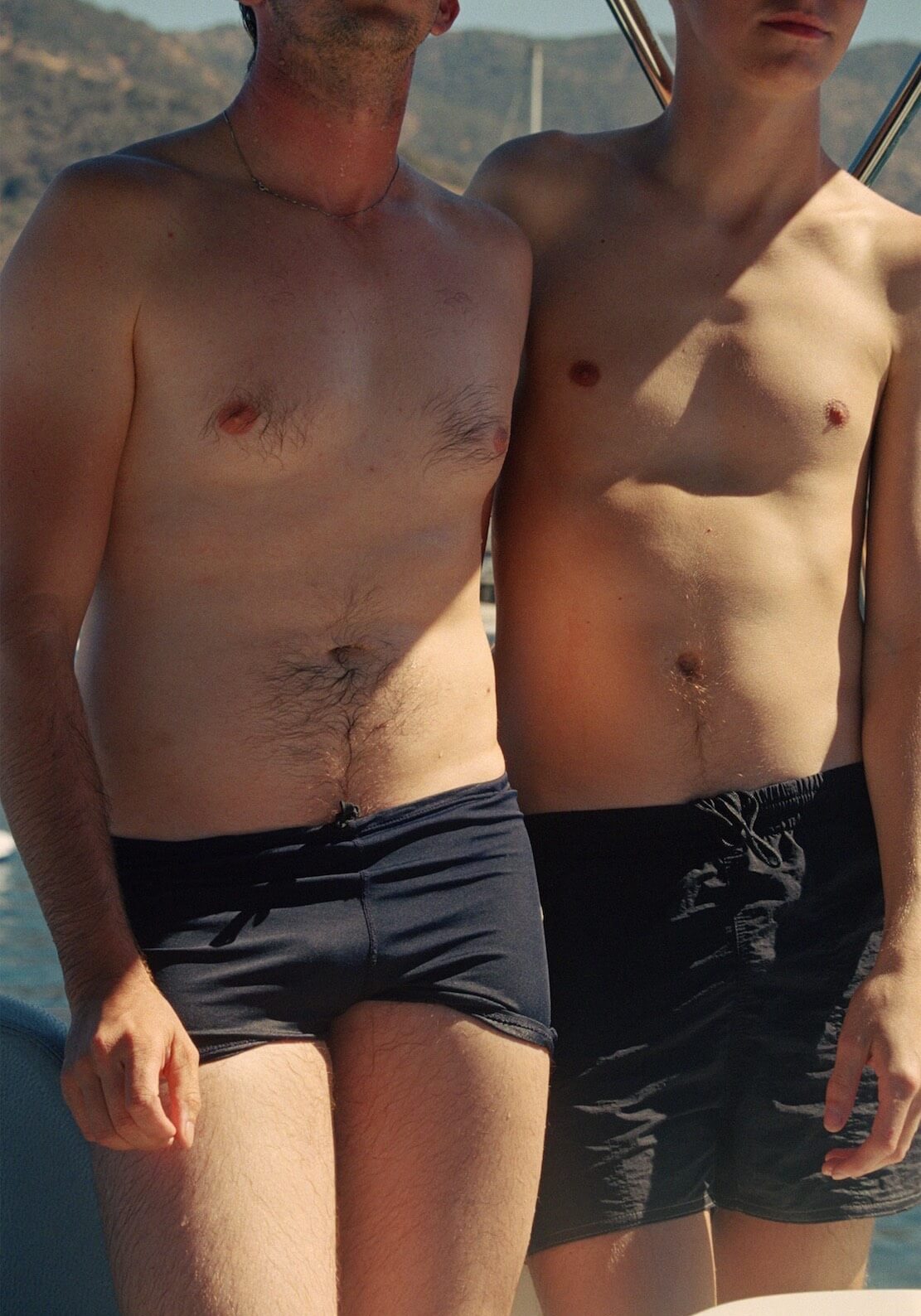
Rocket Science has been featuring the best in contemporary photography since 2016 through interviews, conversations, studio visits and essays by photographers, writers and artists. Your donation to Rocket Science directly supports new artistic content in the pages of Rocket Science and helps us pay our contributors fairly.
